Confession- I love reading, but I don’t love reading poems for young adults or adults. For some reason, I can never get the message or theme just right. Luckily, I do enjoy teaching poetry to my 5th graders, mainly because I use a reader’s workshop format for teaching reading. Also, the poems used in 5th grade are definitely more interesting and reader-friendly. This post will share how I taught poetry comprehension and characteristics of poetry through guided reading, reading centers, and reader’s response using a common poem.
Teaching Poetry in Guided Reading
This week, I wanted to incorporate poems into Guided Reading and work on my students’ poetry comprehension. I wanted to make sure I covered several different “types” of poems, including poems that tell stories and poems that also teach facts. I started with the last type because I found a great book on Space poems in our library, which was both a high-interest topic and our next science unit.
To have multiple copies for my guided reading groups, I typed up the poems. I then created a few questions comprehension questions for each poem and typed them under the poem.
I had the students cover the questions with a post-it note so they could record their thoughts on the post it (and so we could ignore the questions until after we had thoroughly discussed the poem).
I then modeled for the students how to read a poem to learn facts. As I read the poem, I thought out-loud about what the poem was teaching the reader. I then recorded my thoughts on the post-it note and the students did the same. Then, we discussed the comprehension questions. The questions were a breeze to answer because we had really dissected the poem by stopping to jot down facts we had learned.
The students then read other poems from the book and did the same strategy I had modeled. They also marked their thinking as they read which is what the P, C, I, Q as they read (Predictions, Connections, Inferences, and Questions- read more about these reading strategies and how/why I teach them here) Here are some examples:
We also looked at poems that told stories or reflected on an event or topic. We followed the same steps as above:
- Read the poem and discussed our thoughts, marking our thinking as we read
- Discuss and answer comprehension questions after reading
Poetry Centers and Activities
For our reading centers this week (and also next week), the students read a variety of poems and completed a few different activities.
Shop This PostPoetry Activities with Google Slides
Are you looking for poetry activities to help your students understand and analyze poems? And you need the poems included to save you time and energy? This set of poetry activities and resources is just what you need!
Poetry Task Card Center
For this reading center, the students read poems provided by me and responded using the poetry task cards. Read more about this poetry reading center and grab the task cards for free by clicking here.
Poetry Reading Centers
For another reading centers, the students read poems and rolled two dice to answer different questions about the poems. This helped provide that necessary practice with reading and comprehending poems. Click here to see the poetry reading centers we use.
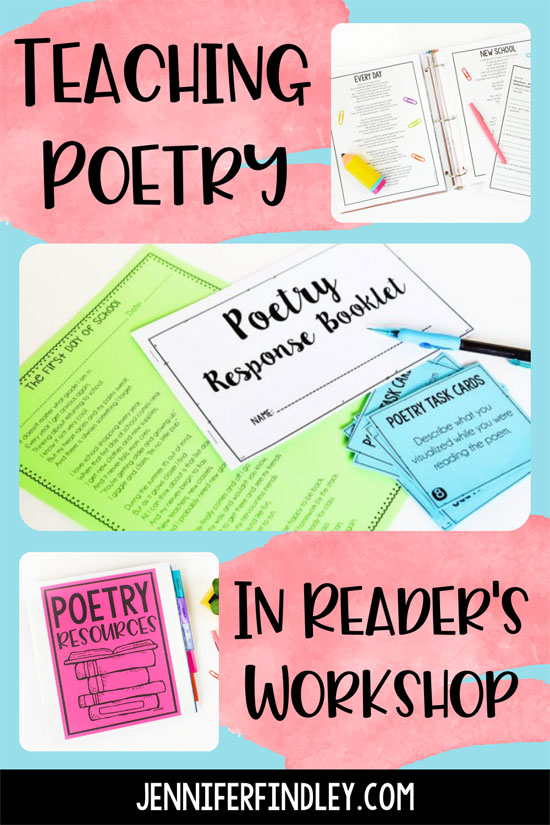
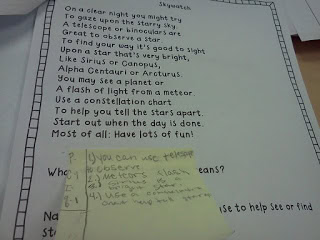
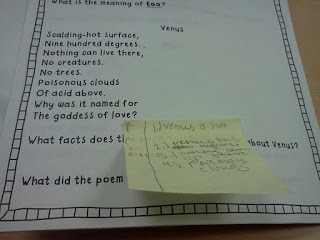

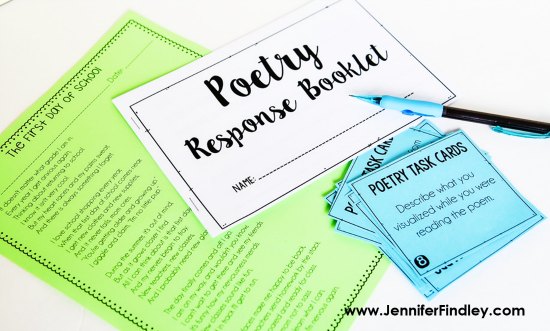
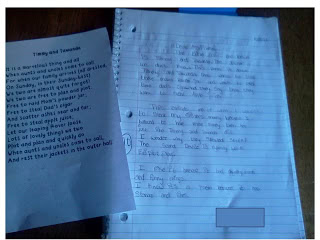










What a wonderful idea! We've just started talking about responding while they read – both internally and orally. I love the post-it note idea! I will certainly use this technique when we start studying poetry in a couple weeks.
I think reading response letters are well worth the work. I truly enjoy the year long, literacy rich conversations with my readers. I love your poetry ideas, I'm going to try that soon. Thanks for sharing!
http://www.wildaboutfifthgrade.blogspot.com
You've been BOO-ed!! Check out my blog to link up!!
Kim
http://literacysundae.blogspot.com/
I'm loving reading responses, too. I let my students have a few days to finish them, and they can turn them in to my basket any time- it helps me keep up with it! 🙂
Thanks for sharing your ideas!
Jenny
Luckeyfrog's Lilypad
Hi,
I am in love with this idea. How often do your students write a reading response letter? As always, time is an issue and would love to hear how you do it. Love your blog!
Brittany
You mentioned that you read 27 letters. Do you have any suggestions for a teacher who is departmentalized and has, say, 90 or so students to manage?
You could put your classes ( I assume you have three classes) on a rotation cycle. The students could turn in letters to you every three weeks. Class A on Week 1, Class B on Week 2, Class C on Week 3, and so on. In the meantime, they could create choice board activities or write to their peers. Then you could have the students in the class turning them in on different days to space out the grading even further, 6 kids on Monday, 6 on Tuesday, etc. One thing that is super helpful is to have the assigned students leave their notebooks on their desks or your table, then go around and read and respond before you leave or first thing in the morning. That way you grade a little each day but don't get overwhelmed or have to take a bunch of letters home. Hope his helps!